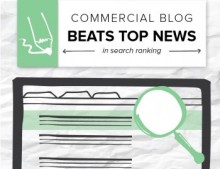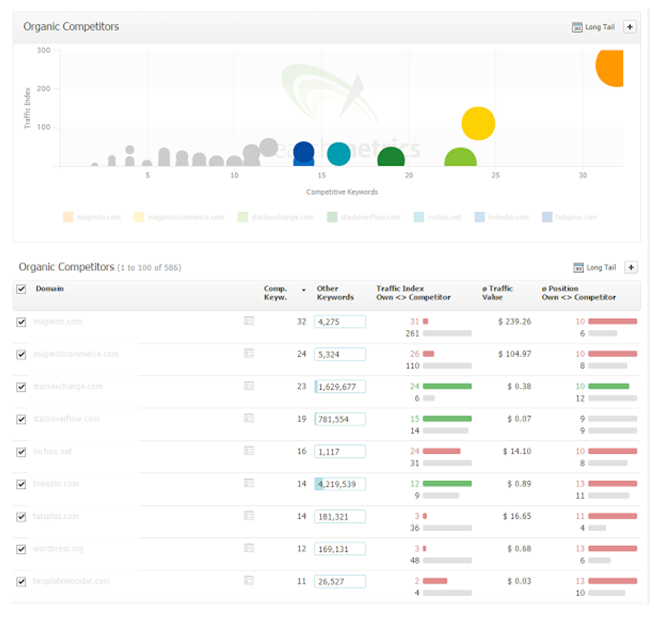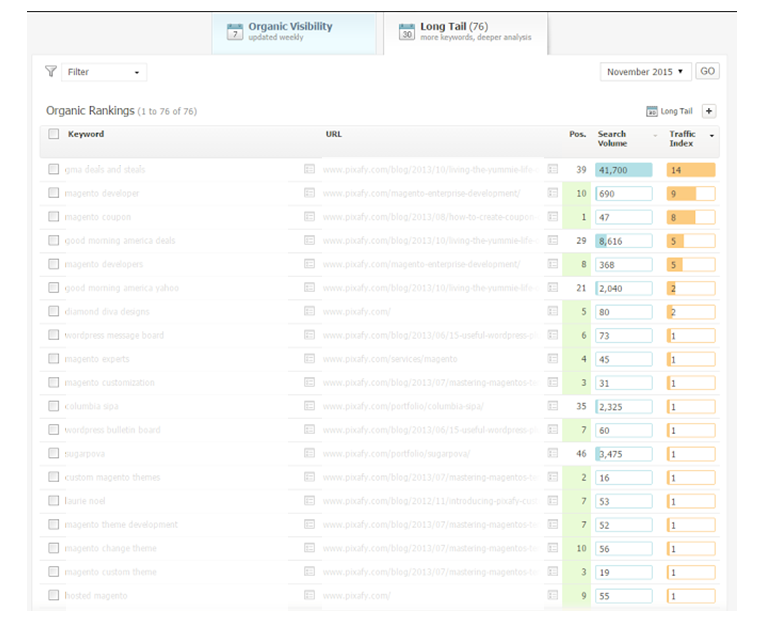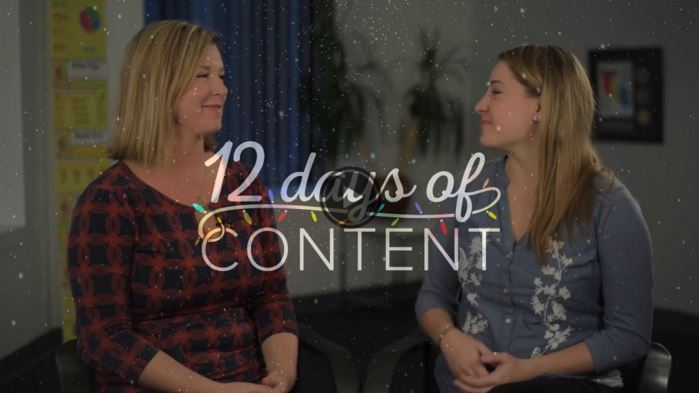At a recent marketing conference the Brafton team attended, one in three speakers highlighted the value of “user intent” in content creation. Over 30% of the sessions hit on this trend. As a colleague of mine put it, “The search engines are trying to think like us, so we should really think like ourselves.” I’d take this a step further and argue that we can use the search engines to better understand searchers.
If Google rewards content that people love, search result pages are an essential tool in your kit to uncovering what people love. At Brafton, we call this “Competitive Analysis.” Smart competitive analysis can help you unlock content opportunities to fill gaps in the conversation. You’ll be in a position to create content your customers will find invaluable (and – subsequently – the search engines will take note).
And yet, when I speak to clients, many of them are unsure how they can really use competitive analysis because their industry is too niche. Or they worry about scaling competitive analysis.
First, let me say this: Competitive analysis can benefit any brand, and it is worth the investment of time.
Success story: A mid-sized staffing firm overtakes Monster.com and Indeed

We have a client who came to Brafton extremely satisfied that their offering was best in class, and their web marketing was on par with competitors. Yet they weren’t getting much traction online. We conducted ACTIONABLE competitive analysis to come up with content that answered questions for jobseekers and hiring managers better than other recruiting – and also better than the likes of leading publishers that were dominating search.
We took a deep dive into the leading results for common questions the firm’s clients and candidates ask at every stage of their partnerships (from discover through repeat use). This showed opportunities to use novel content formats, or fill in informational gaps, to differentiate their blog from the rest.
The results showed their content captured more interest from valuable prospects:
- 3x more search impressions for top keywords
- Over 2x as many clicks for top keywords
- Visibility among trusted resources , beating Monster and Indeed and ranking just under Forbes
- Traffic to the blog helped build 260% overall traffic increase
- 250% increase in monthly candidate sign-ups
3 Things to incorporate in your competitive analysis
1. Consider both your WEB competition and your ACTUAL competitors
Looking directly at competitors’ sites is a valuable approach, but it’s equally important to consider the brands that are beating you for a web presence. These might NOT be brands that offer competing services, but you still want to set your sights on them. These is where SERP analysis in particular can help. The Wall Street Journal and PC Mag aren’t competitors for QuickBooks, but their approach to content on finance software clearly catches web users’ interest.
2. Turn to technology to help you scale analysis
A database of competitive analysis helps you cover more ground that manual research can cover. At Brafton, we use SearchMetrics. This tool has a custom report showing list of sites Google thinks is a competitor, as well as the number and related keywords those sites are ranking for in search.

3. Revisit your keywords (yep – we’re kicking it old school! sort of …)
Word choice matters. Keywords are less important for rankings than they once were, but user intent is closely tied to search phrases. The keywords you rank for according to Google Search Console may reveal your brans isn’t perceived by search engines (and users) the way you think. Brush up on the language used by customers, and by competitors on pages they have visible for the words YOU want to rank for. Then brainstorm related topics for blogs, and core landing page copy and metadata.

Want more 2016 content marketing trends? Sign up for Brafton’s Newsletter, and get #12DaysofContent directly in your inbox.




